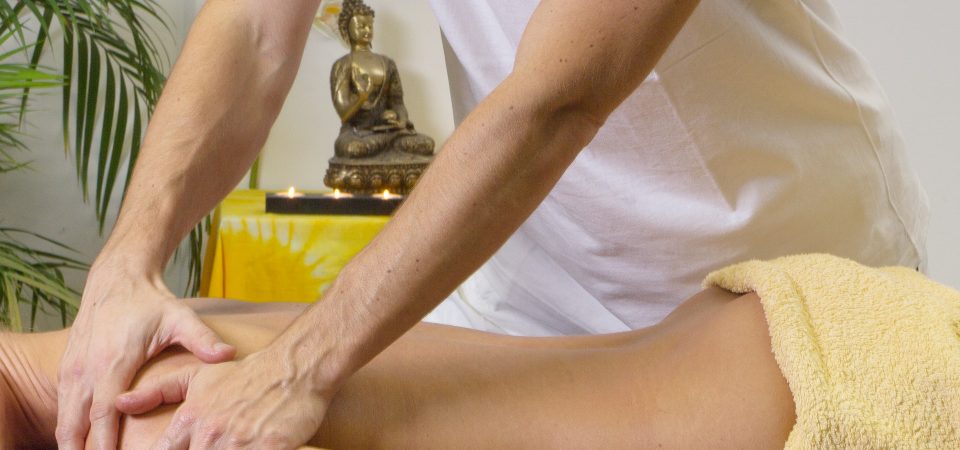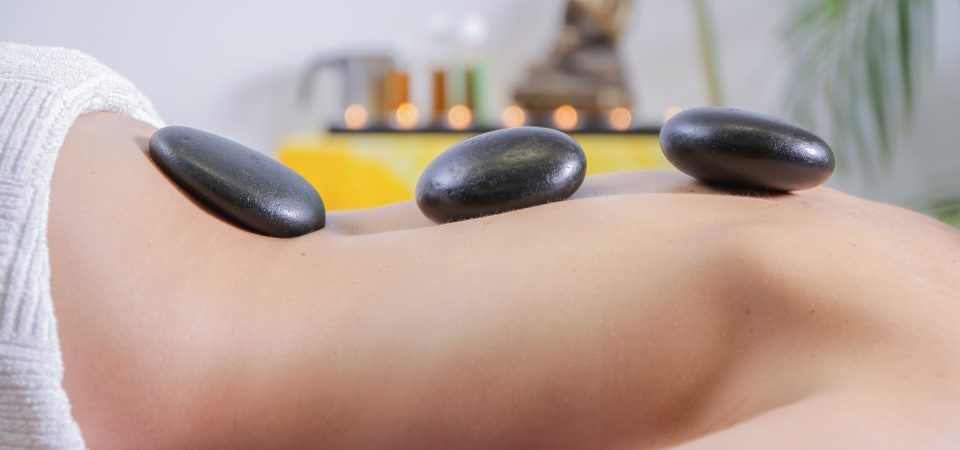Fibromyalgia (FM) is a chronic disorder involving widespread pain and sensitivity in the entire musculoskeletal system. To be diagnosed with FM, a patient will typically possess a minimum of 11 out of 18 specific tender points on the body. In addition to pain, patients will also report long-term fatigue, and/or disturbed sleep and mood. Other disorders commonly associated with FM may include: irritable bowel syndrome, TMJ pain and dysfunction, psychological conditions and some autoimmune diseases.
What Causes Fibromyalgia?
Medical science is yet to discover the cause for this condition. Because there are so many different symptoms associated with fibromyalgia, there are just as many theories for what causes it. Since those with FM often experience an altered mood, such as depression, many medical experts focus on the psychological aspect of the disease. Others feel that FM is more a physiological entity, and has its origins in physical trauma or chronic postural alterations. Some suggest that FM is a central nervous system disorder, with imbalances in neurochemicals, since those with FM are hypersensitive to even the slightest stimuli. They often have a pain response to normally non-painful pressure or activity. It’s not out of the question that a combination of psychological and physical triggers can result in the onset of many of FM symptoms.
Chiropractors often offer their skills to FM patients, hoping to relieve some of their symptoms. In fact, evidence suggests that those with FM consult with chiropractors quite regularly. According to a study conducted at a tertiary Mayo Clinic, 37% of the 300+ FM patients surveyed had visited a chiropractor in the previous 6 months.
But does chiropractic work for them? Some recent studies indicate it does. In one example, chiropractors surveyed FM patients before, during and after a series of treatments to see if they responded favorably to chiropractic adjustments combined with a specific soft tissue technique known as ischemic compression. In this preliminary study, 60% of the subjects who were treated with this protocol experienced a significant improvement with respect to pain reduction, improved sleep and decreased fatigue. What was especially encouraging was the improvements were reported to be maintained in a 1-month follow up. Chiropractors are trained as neuromusculoskeletal specialists, and one of the main focuses of chiropractic care is the positive effects it can have on a person’s nervous system. Since all information from the outside world is collected and analyzed by the nervous system, it’s logical to assume that if a person with FM is sensitive to a stimulus that others are not, there may be something wrong with this system.
More studies are needed to show the positive effects that chiropractors can have with FM patients. However, some studies already indicate that having chiropractic care alongside other traditional treatment methods including exercise, massage techniques and cognitive behavioral therapy is likely to give these patients a better chance for recovery.
It is also important to note that not all chiropractors are the same and treatment can be quite varied. This is the same with medical doctors to some extent. To put it in the proper context, if you tried one medical doctor and you didn’t like them or what they did would you never go back to another medical doctor again? Most would say no to that. However, many people try chiropractic, not chiropractors. So, if you have gone to only one or a few chiropractors and he or she didn’t help you, consider trying PRI Clinic. This is especially true with Fibromyalgia.
I have done extensive research with Fibromyalgia and one of the main things to consider in treating a patient is their capacity to accept treatment. If you do too much with a Fibromyalgia patient, either later that day or the next day they will feel like they have been run over by a truck. However, if you treat them within their capacity they will show continual improvement. Often I will have a patient come back in after their first treatment stating that they slept extremely well the night after their treatment. This is exciting to the patient because they are finally getting the rest they need and it is exciting to me because I know that their body is finally beginning to heal. At PRI clinic, we have chiropractors, massage therapists and psychologists that are specifically trained to offer you the techniques that will help your fibromyalgia condition that is individually tailored to your needs.



